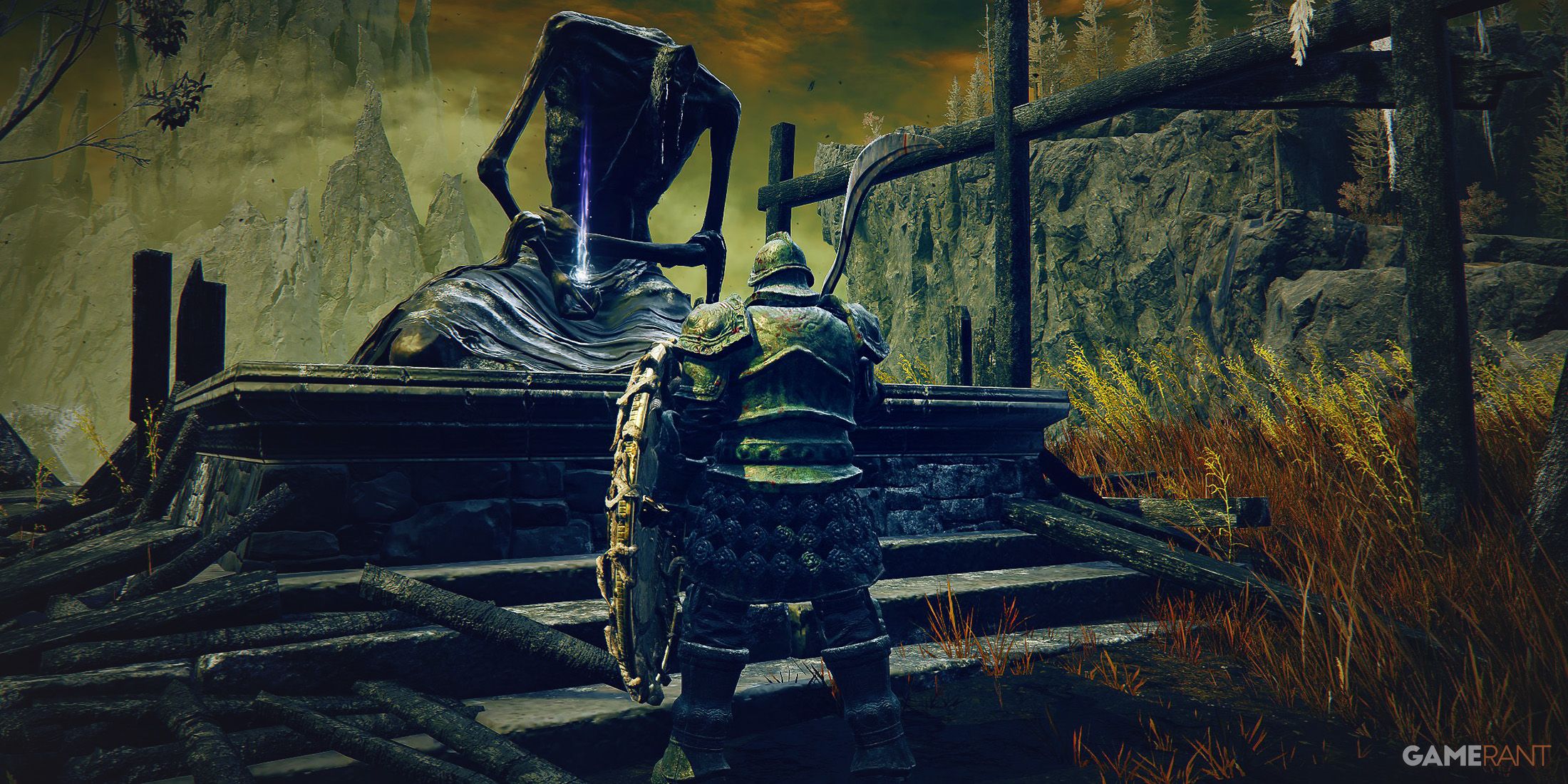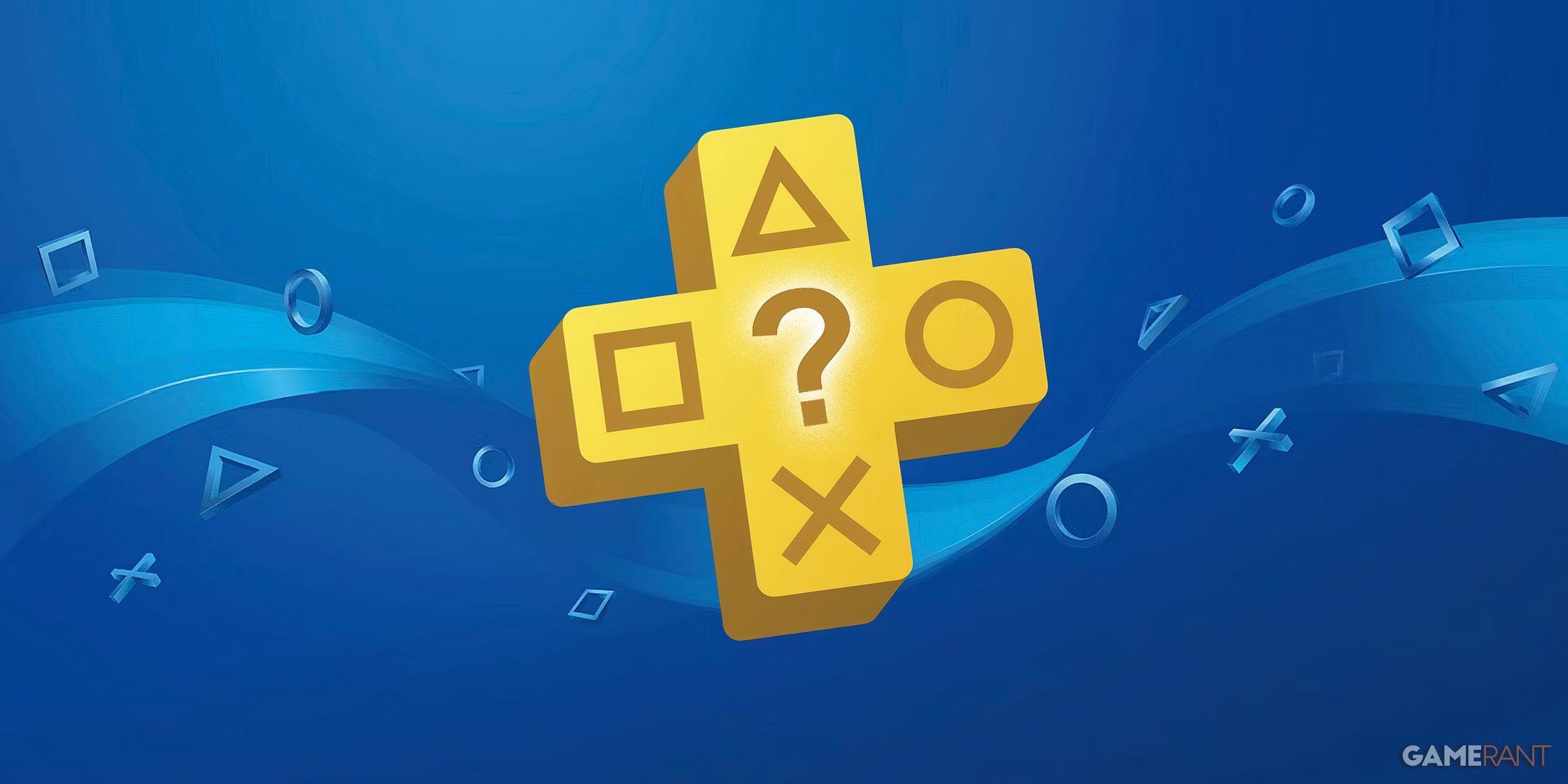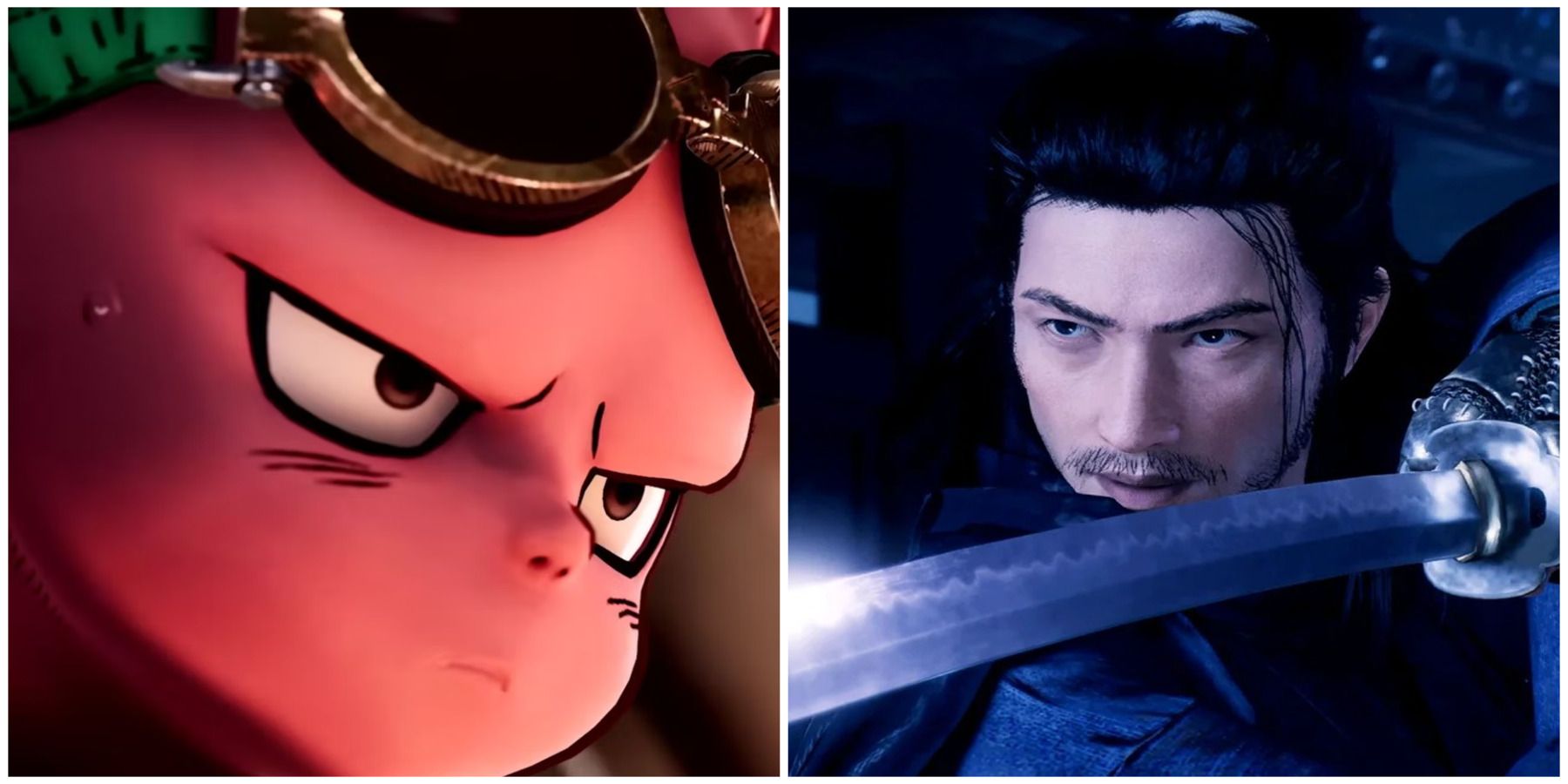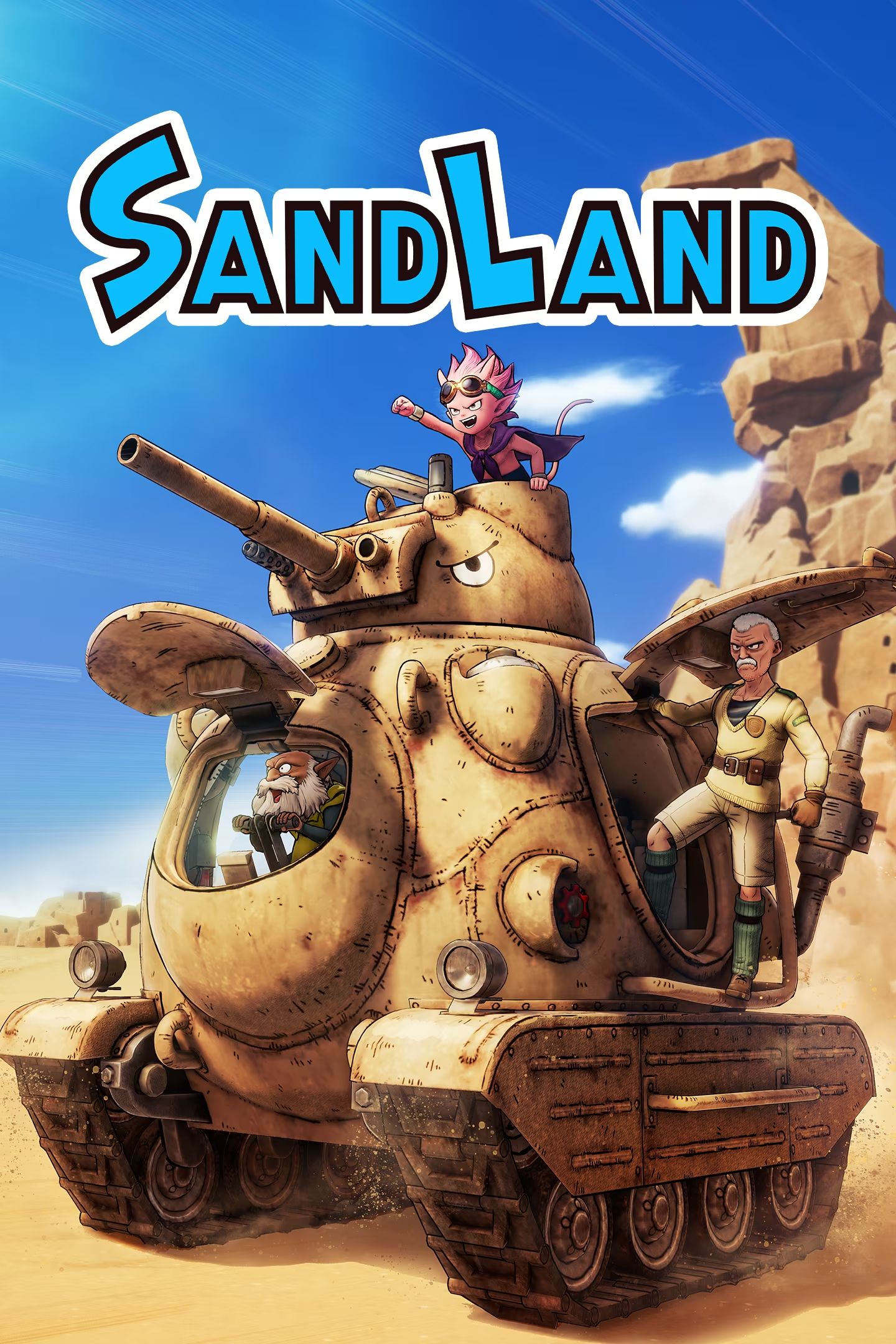Highlights
- Sand Land and Rise of the Ronin offer different open-world experiences due to their pacing and focus on main quests.
- Sand Land's emphasis on a tightly focused narrative and brisk pace contrasts with Rise of the Ronin's plethora of sandbox activities.
- Sand Land's formulaic but less busy open-world design allows its story and characters to take center stage, enhancing player immersion in the manga world.
Bandai Namco's Sand Land occupies a familiar niche as other video game adaptations of popular anime and manga, faithfully paying homage to its source material while providing a satisfyingly safe gameplay template. Outside Sand Land's vehicle combat, much of what players will find in the game is fairly standard fare for most action RPG-adjacent titles that take place in an open-world sandbox. What truly sets Sand Land apart from other formulaic open-world games, though, is its brisk pacing, and its sense of speed at which it shuttles players along the main quest places it in contrast to another of 2024's open-world titles: Rise of the Ronin.
Like Sand Land, Rise of the Ronin is an arguably formulaic open-world game that entices players through its excellent combat, albeit with challenging melee combat rather than fast-paced and frenetic vehicular battles. However, the sheer amount of activities and distractions for players to experience in Rise of the Ronin practically beg the player to stop and smell the roses, enticing them to take their time with the experience in a way that Sand Land's tightly focused narrative and brisk pace are diametrically opposed. Both titles might be shining light on aging open-world game design, but their disparate pacing makes them two distinct experiences.
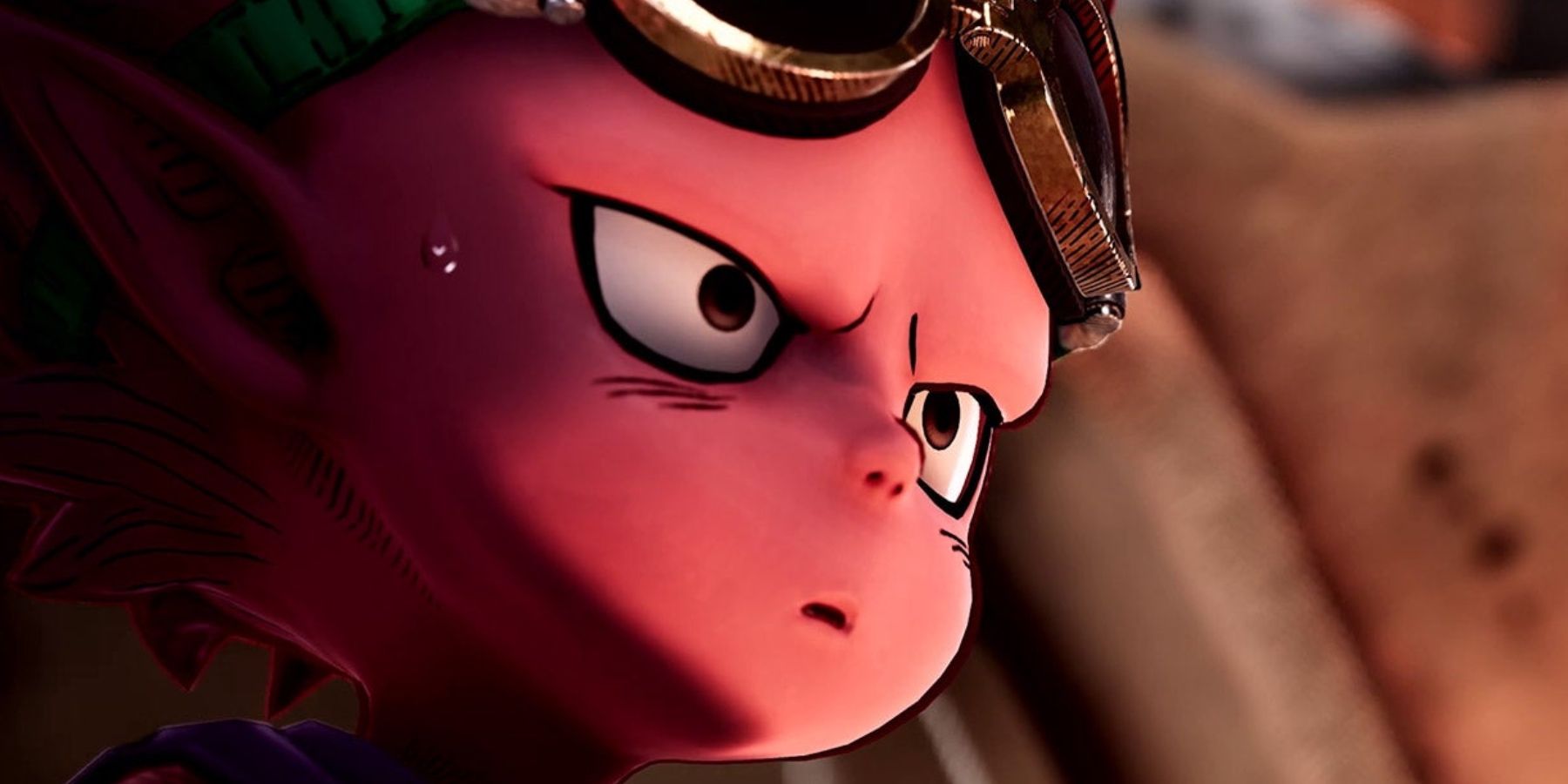
How Sand Land's Dungeons Compare to Diablo 4's
Although Sand Land is focused around action RPG gameplay, the game also features dungeon crawling mechanics similar to Diablo 4.
Sand Land's Open World is Distinctly Less Dense Than Rise of the Ronin's
Despite both games falling back on familiar open-world game design, one area where Sand Land's open-world might seem lacking is in its density. However, that perceived "emptiness" of the barren wasteland of Sand Land (and, later, Forest Land) is actually something that works in the game's favor as far as its pacing is concerned. Outside main and side missions, there are very few sandbox-style activities to engage with in Sand Land other than Bounties and hunting for materials to use in the game's robust vehicle crafting and customization system.
As a result, Sand Land's focus shifts from exploring its open world to instead using it as a place to organically acquire necessary items and experience between the game's real highlight – the main quest that mirrors and then builds on the Sand Land manga. In contrast, Rise of the Ronin's open-world rendition of Bakumatsu-era Japan is practically stuffed with sandbox-style activities involving collectibles, points of interest, photographs, and other distractions from the main quest. Regardless of how players feel about whether these activities are worthwhile, the fact remains that they extend a roughly 25-hour main quest to over 70 hours of gameplay time.
Formulaic Open World Design Helps Sand Land's Story Take Center Stage
While it may seem like a knock against Sand Land to qualify its open world as being comparatively "empty" when stacked up against Rise of the Ronin, it actually works in the game's favor. Rise of the Ronin's open world mostly serves to pad out the experience and add length to what's otherwise a fairly short game with a story that last year's Like a Dragon: Ishin! had already covered. To prop up the game's excellent combat and give players more opportunities to engage with it, Rise of the Ronin is bursting with things to do outside its main quest, which comes in handy when the player protagonist isn't given much character development in comparison to the supporting cast.
Sand Land, on the other hand, places its faithful adaptation of the manga as the main draw for players, guiding them along the main quest and highlighting the excellent characters and lighthearted story at the game's core. With the addition of new story elements, characters, and areas courtesy of Akira Toriyama himself, Sand Land's video game adaptation is an essential piece of the IP's presence in multimedia. Being able to focus on its main quest and not get bogged down by open-world filler makes the feeling of playing through Sand Land comparable to watching an episode of the animated series.

